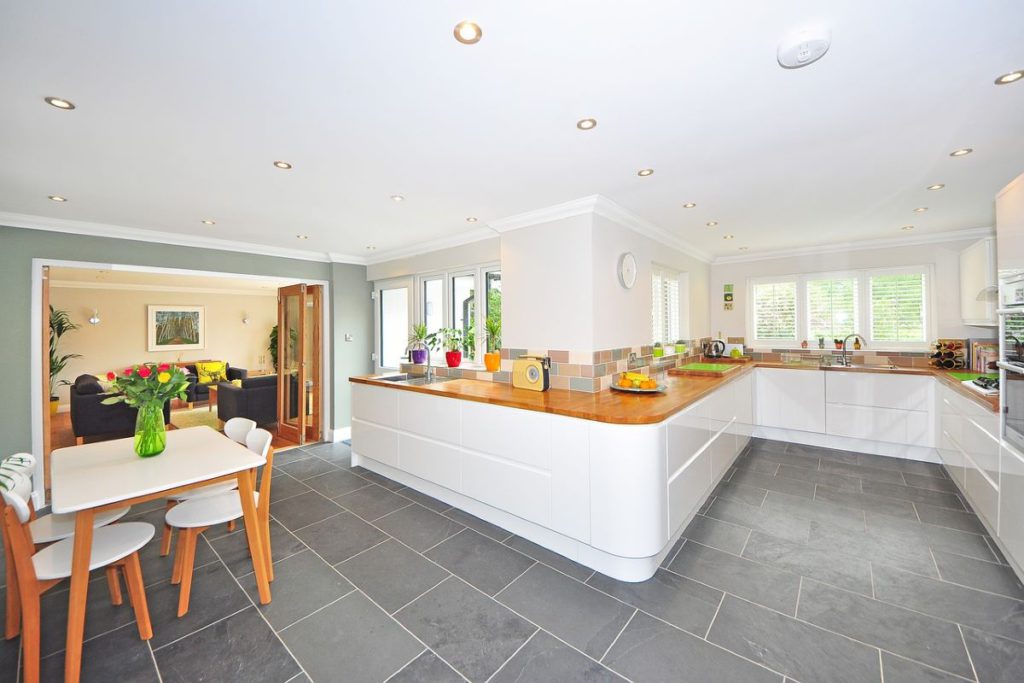
As steel-framed homes are gaining more popularity, it is important to consider different materials to build your home, before making the final decision. Below, you will find the pros and cons of framing your house using steel vs wood, which can be helpful for your next project. While there are clear advantages of wooden frames compared to steel ones, there are also benefits of steel, some of which may surprise you. Another option is to go with hybrid steel/wood frames, which use the strengths, durability, and supporting benefits of both steel and wood.
This makes the construction of a steel frame much stronger and longer lasting than the traditional wooden frame alternatives. Steel frame buildings are substantially more fire-resistant than wooden frame structures and are also resistant to termites, bugs, rodents, mould, and mildew, all of which can severely damage a house.
Where steel frame construction is used, it is necessary to install insulation measures to counteract steel’s heat conductivity. Steel frame construction is very fire-resistant, which lowers a building’s fire risk, and slows down the spread of fire should it occur. Steel is not flammable, so if a fire does indeed spread through the cladding, it does not spread inside framed cavities.
In damp temperatures, steel can rust easily and cannot be treated in the same way that wood can. While steel is immune to damage, rust can be a real issue, particularly if the metal is exposed to leaking water for a prolonged period. While rust can be an issue, you can apply a galvanised steel treatment or zinc coating to improve its durability.

Steel is a strong, fire-resistant, construction-saving, environmentally-friendly material. It has resiliency against mould, supports solar panels easily, loses less heat during the winter months and cools more quickly during the summer, all of which help in cutting down on energy use and costs.
While steel is not the least expensive, in the long run, it costs less as it requires fewer people to build it and is completed more quickly. You can look more into effective steel frame solutions to learn how the process works and which option can work for you the best. The right wall frame design is also important to increase its aesthetical appeal. Don’t forget – although the prices of steel vs wood frames are comparable, the labour costs of working with each material are not.
When considering all of the advantages that you gain with steel over wood frame, in the long run, steel offers better value for money. Steel is a light, high-quality material, weighing less than timber, and has a number of other advantages as a framing material. Steel-framed homes are a great alternative to wooden houses when it comes to costs, timing, durability, and the environment.
For example, steel frame houses are stronger and provide lower labour costs but can also be susceptible to corrosion and expansion challenges. There are some other vulnerabilities wood-framed homes may experience, too, that are less of an issue when building with steel. There are also a few downsides that a steel-framed home has as well.
Known as Metal Frame Homes, steel frame houses generally allow for less movement since steel frames will not flex, warp, shrink, or buckle, whereas wooden frames are more malleable with respect to the surrounding.
The primary difference is that home frames are made of steel rather than timber – the most common material used to construct house frames. There are no restrictions as to what kind of siding you can use with a steel frame, and finished homes look just like their wood alternatives. Steel frames are much stronger against bends and warps, meaning that your house will still look exactly like the one you built, with the roof, ceiling, and walls all having straight lines and finishes.
Steel gives your home a straighter finish because it has a higher strength-to-weight ratio than any other building material, hence, allowing buildings to be built with fewer frames. All in all, steel frame provides lighter structures with stronger connections, meaning greater strength against earthquakes and winds, meeting even the most stringent seismic ratings requirements.
The strength of the steel’s deep roots allows flexibility in architecture and design, with frames able to form long stretches and curves, easily integrated into a building’s design.
While wood might seem like the most economical construction material, steel can be lighter and easier for construction workers to transport and put together, indirectly helping to lower construction costs.
While the thought of steel gives a picture of heavier materials, the steel used in homebuilding is quite the opposite. What many people do not realise is that steel has been used in residential buildings for more than 50 years in Australia. There are a lot of benefits of using steel – the question you have to ask yourself is why you would not build with steel.
Both steel and wooden frames have advantages and drawbacks, and the considerations in choosing between the two should include cost, durability, sustainability, and flexibility in your building process. Since wood has been the most widely used material for building homes for decades, you will find more options in it.
Steel is the pricier one on the market, but it lasts longer than wood and can prove to be cost-effective in the long run. A steel frame is a good building alternative as it is known to withstand the usual causes of decay, which requires less maintenance.
Insulation surrounding the steel framing helps retain heat while also mitigating the risks of problems like dampness, mould, and condensation, keeping the home itself in top shape as much as possible. With the benefits of steel’s durability comes peace of mind, knowing your house will not suffer from the giving off or tilting your timber frame would over time. In years ahead, your steel-framed home will not give way to problems traditional homes experience, such as rotting wood, insect infestations, mould, mildew, and fires.






